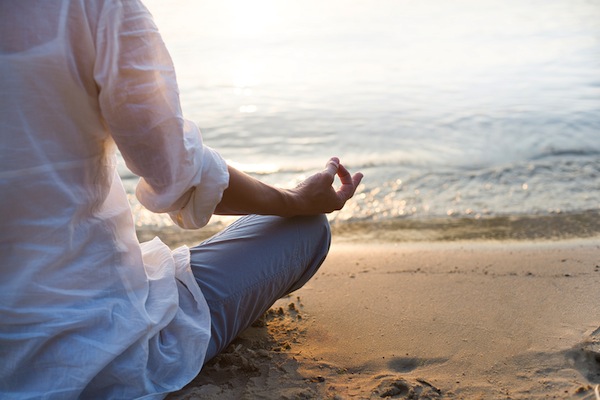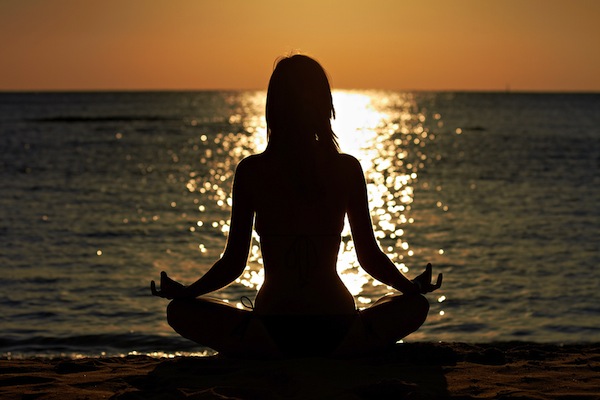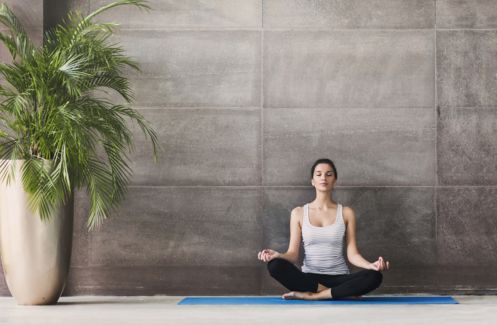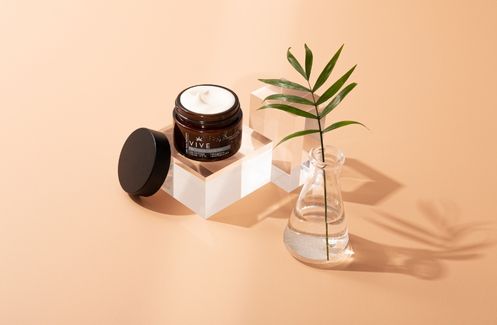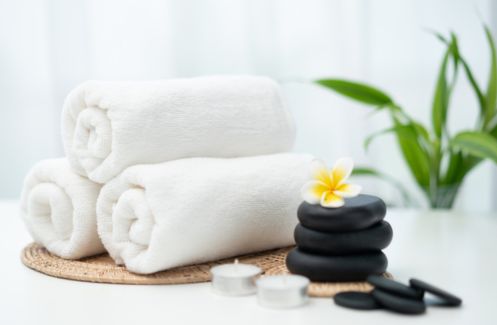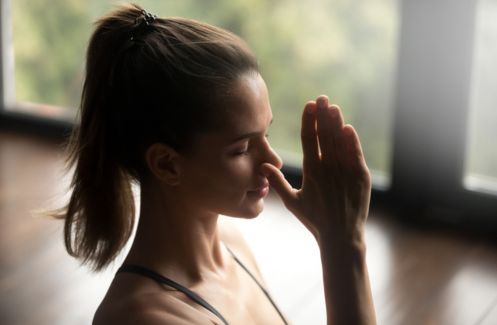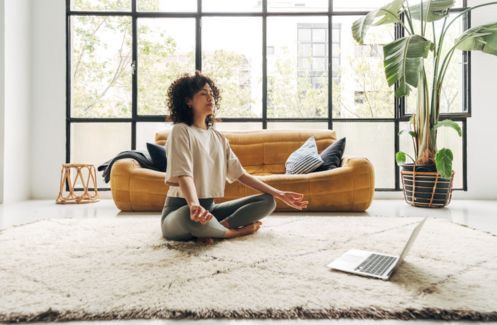Meditation isn’t all about ‘om,’ crossed legs and incense – it’s about peace of mind and body. Never done it? One expert shares his expertise with Healthista.
Interested in pursuing the many benefits of meditation, but don’t know where to begin? We turned to Sandy Newbigging, the creator of mind detox therapy, to give us his tips on how to tap into your meditative side.
1. Practice your posture
You might think that to meditate successfully you need to have your legs crossed in what’s called ‘lotus position’ and sit with your spine bolt upright. Although this is one way you can sit, you don’t need to force your body into lotus position in order to benefit from meditation. The best approach when it comes to posture is to always be physically comfortable.
You might want to sit on your sofa or lay on your bed with your back supported by a few pillows so you aren’t totally horizontal. It’s good to be relatively upright, but comfortably so. You may want to wrap a blanket around you so you are warm and ensure the lighting in the room is ambient. Being uncomfortable when meditating can be an unnecessary distraction so always aim to be comfy and cozy.
2. Be gently alert
One of the purposes of meditation is to learn how to be less caught up in your thoughts about the past and future by instead being more present. So when you close your eyes to meditate you want to have the intention to remain gently alert. This might be a new experience for you, especially because we are so used to closing our eyes to fall asleep.
You might want to practice gentle alertness with your eyes open first. Look ahead of you at an object in front of you. Notice that it takes very little effort to observe the object. Then, let your eye lids drop down, while remaining gently alert. You will find the more alert you are, the less thoughts you will have when meditating. But saying that, please remember, being alert need not take any effort. Don’t strain or you might give yourself a headache. Just be gently alert as you sit with your eyes closed.
3. Be ok with having thoughts
When you meditate your body gets rest. When the body rests it heals. Stress is released and healing activity takes place. Due to the mind-body connection, activity in your body is reflected in your mind in the form of thoughts. This means that having thoughts when you meditate is a positive sign that healing is happening. It’s therefore not useful or wise to resist having thoughts or think to yourself that the meditation isn’t working if you notice you’re having thoughts.
The goal is to learn to be ok with having thoughts by observing them instead of engaging with thinking. You want to watch your thoughts happening and let them come and go. You will find that if you can let your thoughts pass on by like birds in a big blue sky, you can experience a peaceful calm even at times when you have a busy mind. This healthier relationship with your mind is a great benefit from meditation.
4. Be ok with whatever else happens
One of the biggest myths about meditation is that you should solely experience still nothingness. Obviously, stillness and peace can happen when you meditate, which can be lovely when it does, however, you don’t want to be attached to your meditation being any particular way.
Common meditation happenings include memories, abstract dream-like experiences, millions of thoughts, emotions, physical sensations and sleep, to name only a few. Your aim when meditating is to not buy into the belief that it’s not working if things like this happen. Instead, you want to be the observer of these happenings and not judge them as bad, wrong or negative. If you can learn how to be at peace with them and let them come and go then you will find your more peaceful relationship with these very human experiences continues when you open your eyes and you enjoy a more calm and contented life.
5. Be committed
You start benefiting from meditation from the moment you begin. You might not experience immediate peace or joy, but your body will get a chance to rest, release stored stress and heal. This reminds me of a story. A 70-year-old man wanted to learn to play piano. His son questioned what the point was because it takes so long to learn. However, the piano-playing pensioner wasn’t persuaded to quit. Instead, he simply told his son that if he started now he’d be a much better piano player by age seventy-five than if he didn’t start at all!
I love this story because it is very much the same for meditation. It may take a little time to experience highly noticeable changes, but if you start, and keep doing it regularly, you can be sure you will be experiencing much more peace, love and happiness over the coming months and years, compared to if you never start at all.
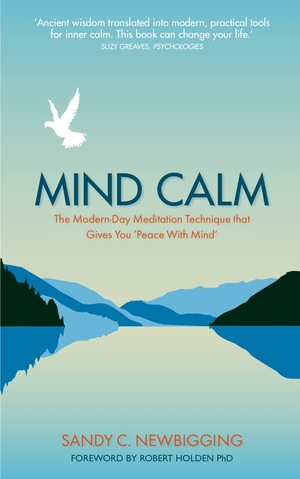
READ MORE:
Mindfulness – Oprah, Ruby Wax and Gwyneth do it…
Like this article? Sign up to our newsletter to get more articles like this delivered straight to your inbox.




